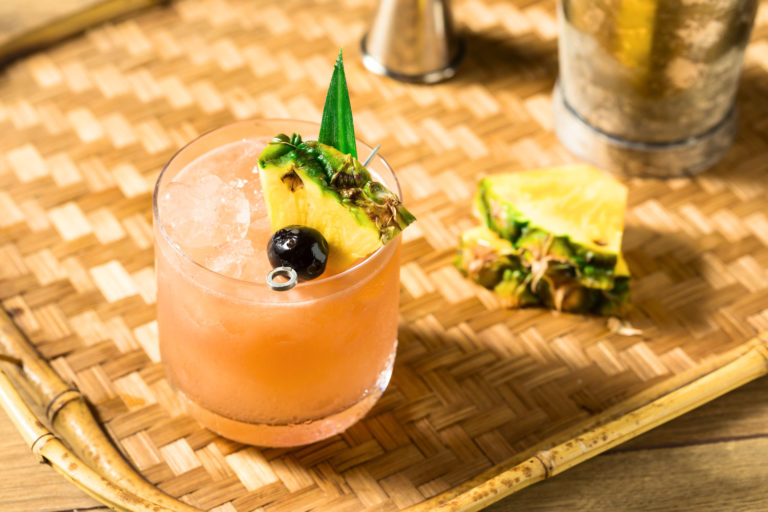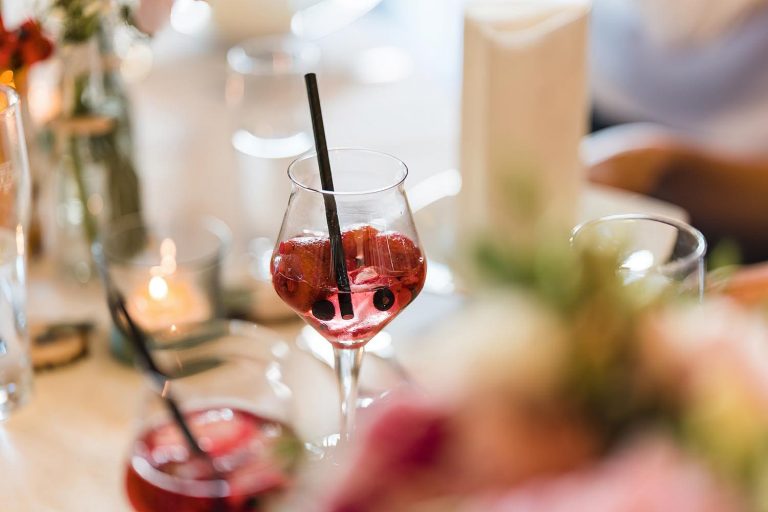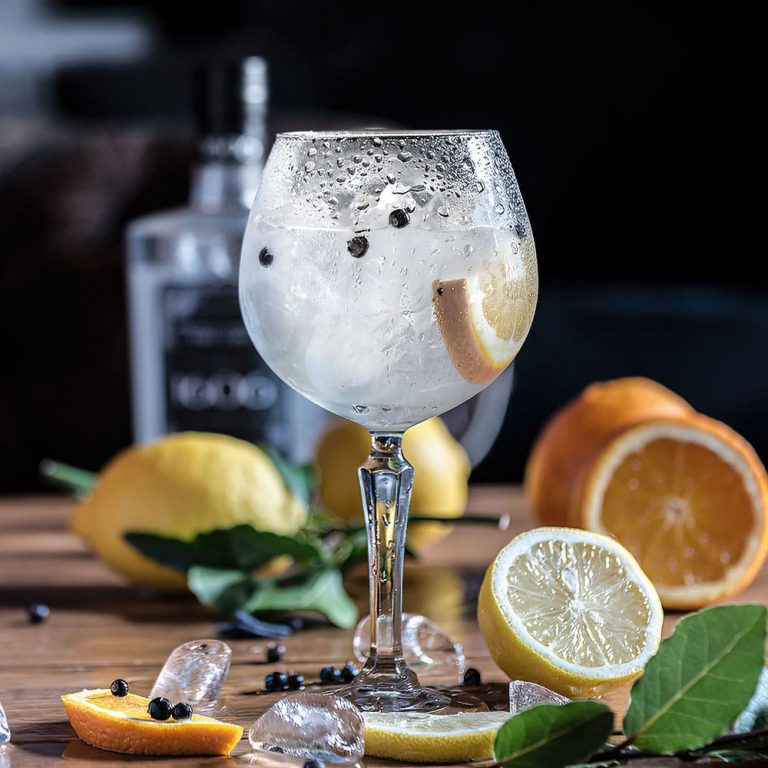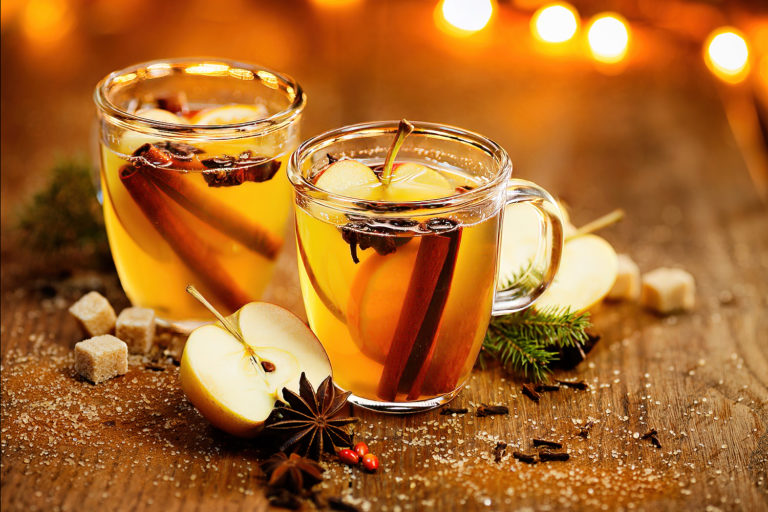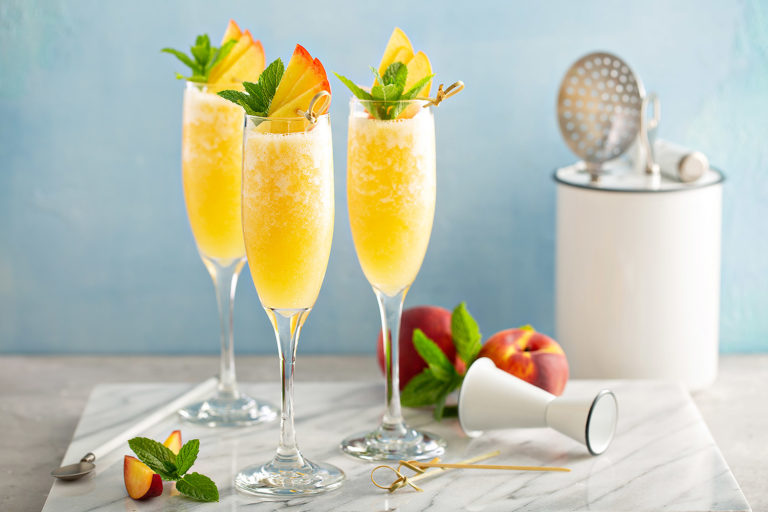A real cocktail legend
It was allegedly created in 1944 by Victor Jules Bergeron in his restaurant Trader Vic’s in Oakland, east of San Francisco, California. However, he did not publish the recipe for his delicious cocktail until 1972 in his book Trader Vic’s Bartender’s Guide – Revised.
However, the Mai Tai is not without an emotional story. This is because Victor Bergeron’s predecessor, Donn Beach, claimed to have created the Mai Tai as early as 1933 under the name “QB Cooler”. A claim that cannot be verified beyond doubt until today. However, the search for the right recipe of the original cocktail continues.
The 1950s and 1960s are considered the height of Tiki culture and Mai Tai. The cocktail, so popular at the time, even made it into Elvis Presley’s movie “Blue Hawaii”. It is probably thanks to this “appearance” that we find the Mai Tai on almost every cocktail menu today.
Today, the Tiki drink is one of the classic cocktails and, along with the Zombie, is a real icon in the bar scene.
The perfect rum for the Mai Tai
In Trader Vic’s original recipe, they reach for a 17-year aged Wray & Nephew rum*. However, this was already effectively no longer available in the 1950s, which is why Victor had to adapt his recipe and revert to a 15-year-old Wray & Nephew rum. In the meantime, both rums have completely disappeared from the market, which is why one can only approximate the taste of an original Mai Tai.
At the sweltering Smuggler’s Cove tiki bar, Martin Cate reaches for a variety of rums to best mimic the original flavor. In his opinion, the Appleton Estate 30 Years is the closest to the original. The problem: this rum costs up to 600 € per bottle. Even those who can afford the bottle will hardly use it in a cocktail. However, with a 21 Years (100 € / bottle) or a 12 years matured (35 € / bottle) from Appleton Estate you are still very close and get away much cheaper.
Wray & Nephew 17 yo – The original rum of the Mai Tai
The original Mai Tai rum is no longer available and few know the taste of a regular Mai Tai. If you want to get an almost similar result today, you have to dig deep into your pocket, for example with a Plantation Extreme N°3 Jamaica LP 1996 HJC for currently 280 Euros a bottle. Like the original rum from 1944, the Plantation is produced in the pot sill process and has a powerful portio ester with 120 to 150 grams per liter. The last bottles of the original Wray & Nephew 17 reached prices of $50,000 at auction – per bottle! These have resurfaced at Appleton Estate (subsidiary of J. Wray & Nephew) seemingly by accident. It was produced exclusively as pot-stilled and had an alcohol content of around 77%. In fact, a few select bars around the world subsequently prepared mai tais with the bottle they found. For example, an original Mai Tai at the Merchant Hotel (Belfast) costs a whopping €750 per glass!
What does Mai Tai mean?
The cocktail got its name from Tahitian guests, for whom Victor Bergeron allegedly invented the cocktail. After the first sip, they are said to have shouted “Mai Tai Roa Ae,” which translates into German as “Das Beste – Nicht von dieser Welt! The expression maita’i means simply translated “good”.
The original Mai Tai recipe
Thanks to its popularity, countless variations of Victor J. Bergeron’s popular cocktail now exist. Many of the variations rely on ingredients not found in the original recipe, such as brandy*, orange juice, pineapple juice or various fruit syrups. This is certainly due to the fact that these ingredients are found in many other tiki drinks and the original rum for the Mai Tai is no longer produced. What tastes good is allowed, but the cocktail should never end up as a sweet sugar bomb, but rather put the rum in the foreground and not mask the alcohol. If you were to ask Trader Vic or Donn Beach about the best Mai Tai recipe, I’m sure both would call their own creation the best.
You can recognize a perfect Mai Tai by its complex interplay of aromas between spicy notes like vanilla, almond, caramel and fruity notes from lime juice. The inherent flavor of the rum should stand out clearly and the high alcohol content should be recognizable, but should not leave a burning mouthfeel.
Ingredients for the original Mai Tai recipe
- 60 ml 17-year-old Wray & Nephew rum
- 20 ml fresh lime juice
- 15 ml Curaçao (orange liqueur)
- 10 ml Orgeat*
- 10 ml Sugar syrup
Glass: Double old fashioned glass
Shake all ingredients with crushed ice and pour into the glass (do not strain) and garnish with a sprig of mint and a lime zest. Ready!
